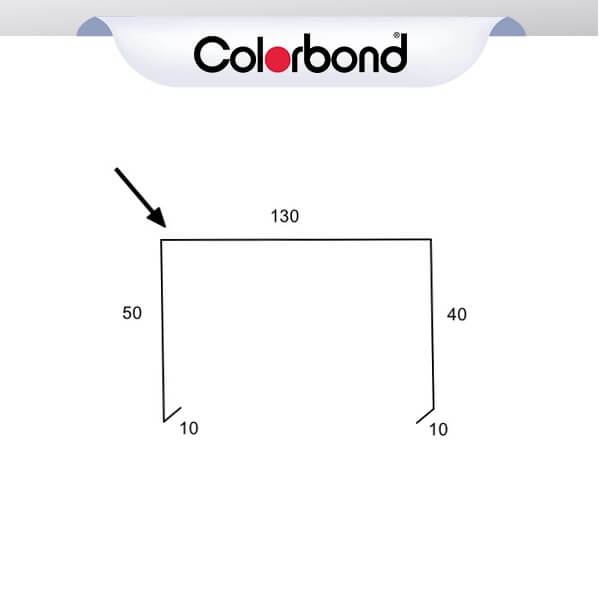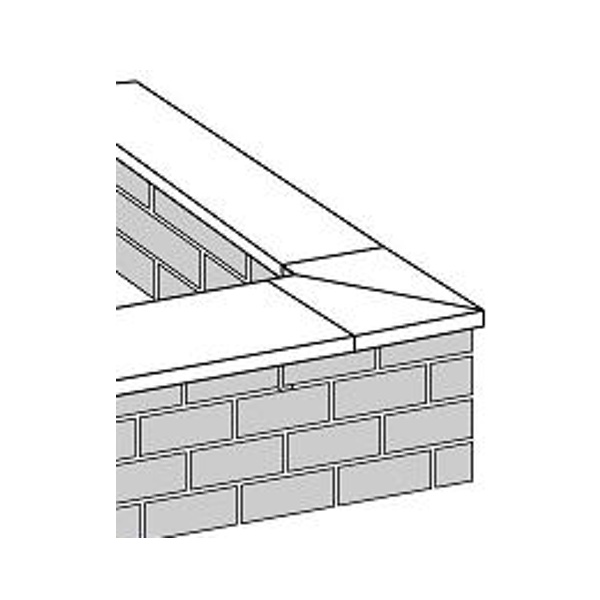Where are you shopping for today?
Delivery State:
COLORBOND® Parapet Capping – Protect & Finish Your Roofline
COLORBOND® Parapet Capping is a precision-folded metal flashing used to seal and protect the top of parapet walls. Measuring 130mm (profile: 10x50x130x40x10), this flashing is essential for preventing water penetration, structural damage, and staining caused by runoff.
Designed for both residential and commercial applications, this flashing is made from 100% Australian-made COLORBOND® steel, trusted by roofing professionals for its strength, performance, and long-lasting finish.
Why Install Parapet Capping?
✅ Protects parapet walls and roof edges from water damage
✅ Shields vulnerable joints from wind, UV, and corrosion
✅ Enhances roofline appearance with a clean, streamlined finish
✅ Ideal for parapet flashing, coping, or wall edge sealing
Fast, Reliable Installation
Fixing is simple:
-
Anchor to parapet walls at maximum 500mm intervals
-
Ensure a minimum 5° fall to guide water away and prevent staining
-
Overlap joins by at least 50mm for reliable waterproofing
Need custom sizing? Download our flashings order sheet and send to sales@metalroofingonline.com.au
Built with Genuine COLORBOND® Steel
This product is crafted from genuine COLORBOND® steel, made to withstand Australia’s harshest conditions. It features a baked-on paint finish that resists chipping, flaking, and fading—ensuring your flashing looks great and performs for decades.
✔ Made in Australia
✔ Backed by BlueScope warranty
✔ Available in the full COLORBOND® colour range
✔ Fast delivery


